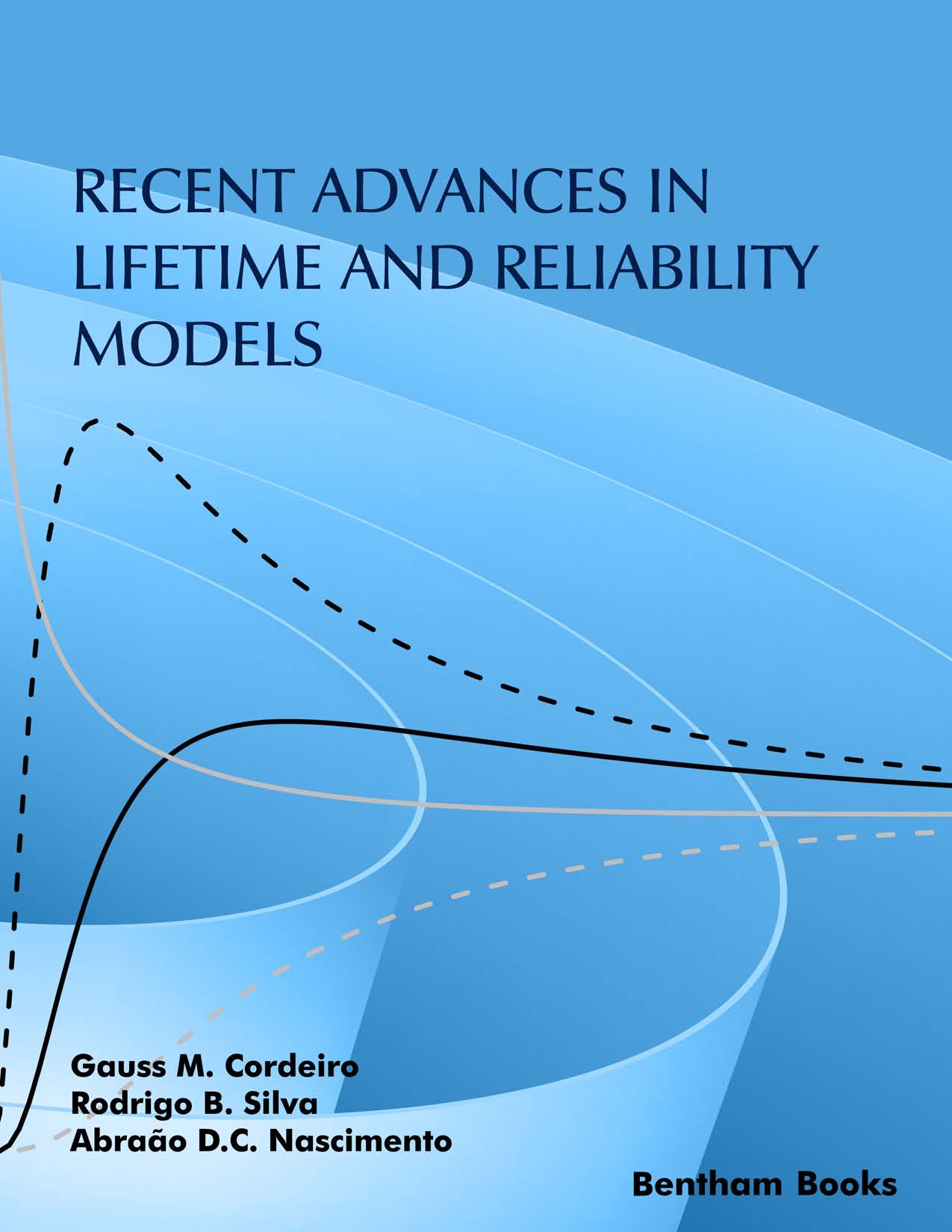Introduction
Mathematicians and statisticians have made significant academic progress on the subject of distribution theory in the last two decades, and this area of study is becoming one of the main statistical tools for the analysis of lifetime (survival) data. In many ways, lifetime distributions are the common language of survival dialogue because the framework subsumes many statistical properties of interest, such as reliability, entropy and maximum likelihood.
Recent Advances in Lifetime and Reliability Models
book provides a comprehensive account of models and methods for lifetime models. Building from primary definitions such as density and hazard rate functions, this book presents comprehensive framework on distribution theory in survival analysis. This framework covers classical methods - such as the exponentiated distribution method – as well as recent models explaining lifetime distributions, such as the beta family and compounding models. Additionally, a detailed discussion of mathematical and statistical properties of each family, such as mixture representations, asymptotes, types of moments, order statistics, quantile functions, generating functions and estimation is presented in the book.
Key Features:
- presents information about classical and modern lifetime methods
- covers key properties of different models in detail
- explores regression models for the beta generalized family of distributions
- focuses information on both theoretical fundamentals and practical aspects of implementing different models
- features examples relevant to business engineering and biomedical sciences
Recent Advances in Lifetime and Reliability Models
will equip students, researchers and working professionals with the information to make extensive use of observational data in a variety of fields to create inferential models that make sense of lifetime data.

